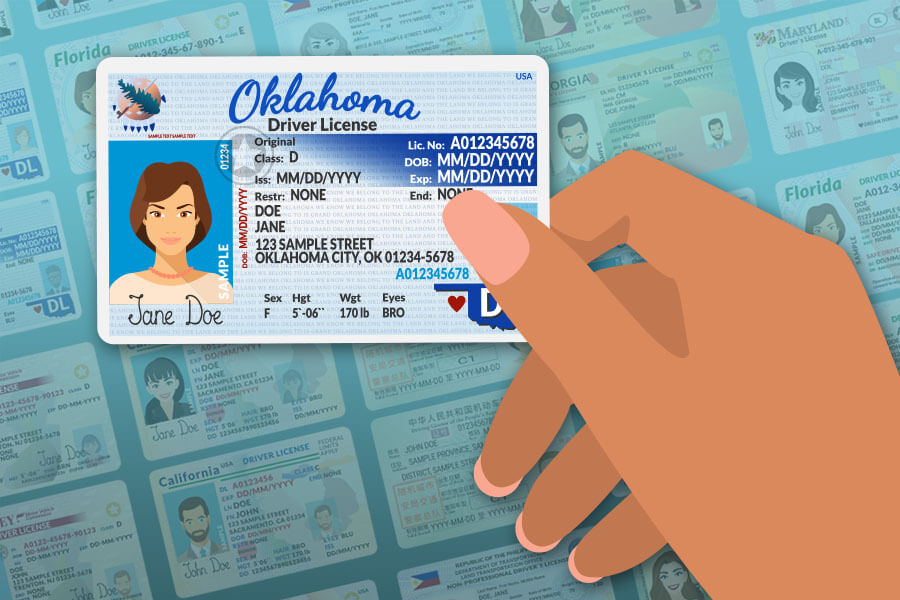
Verifying the identity of signers can be challenging considering how many types of ID are in circulation — and how good many of the fakes are.
In an effort to cut down on ID fraud, most states have significantly improved the security features of the driver’s licenses and identity cards they issue. Here are 4 things Notaries should look for when checking for fake IDs:
- Does the physical description on the ID match the signer?
- Are there any spelling errors on the ID?
- Are there any signs the ID has been tampered with?
- Does the ID have state-specific watermarks and security features?
1. Does the physical description on the ID match the signer?
Always be sure to compare the physical description of the signer on the ID to the person in front of you. If the signer is 6’2” but his driver’s license lists him as 5’0”, or a twentysomething signer presents you with a license that said she was born in 1963, then something’s definitely amiss.
2. Are there any spelling errors on the ID?
Spelling errors on an ID card — such as the state name or other information being misspelled on a driver’s license — are a warning sign that the ID is a counterfeit and wasn’t produced by a legitimate agency.
3. Are there any signs that the ID has been tampered with?
If the signer’s photo on the ID seems unusually thick or stands out from the ID, it’s possible a second photo has been pasted or glued on top of the original. Other signs that an ID may have been tampered with are peeling or damaged laminate on the card, or blurry or smeared text.
4. Does the ID have state-specific watermarks and security features?
State-issued driver’s licenses and ID cards often include security features such as holograms or specially printed images as protection against tampering.
David Thun is the Editorial Manager at the National Notary Association.
Related Articles:
The 3 ways Notaries can properly identify signers
Is an expired ID acceptable for Notarization?
Additional Resources:
NNA Hotline
Notary Essentials
2024 I.D. Checking Guide